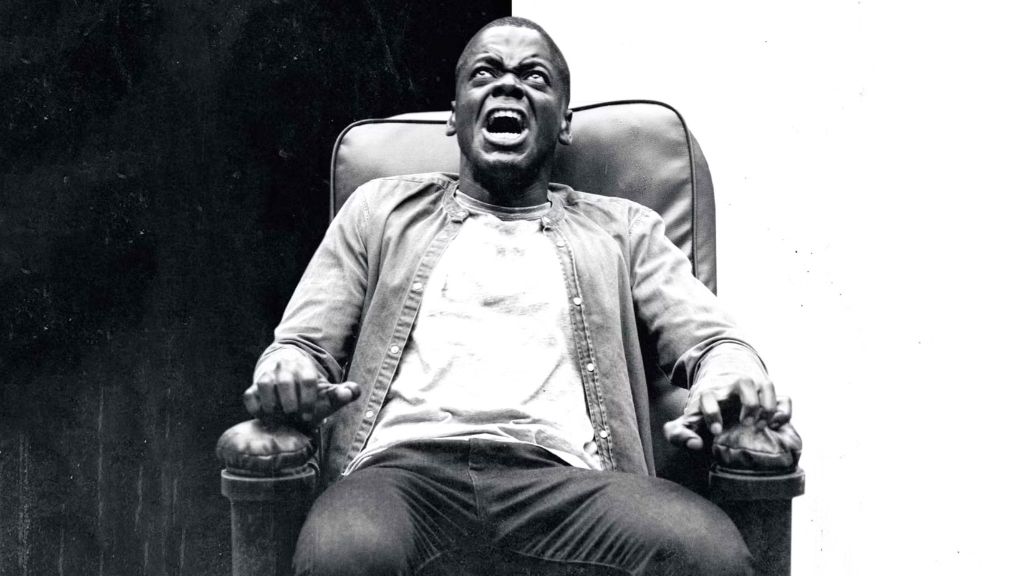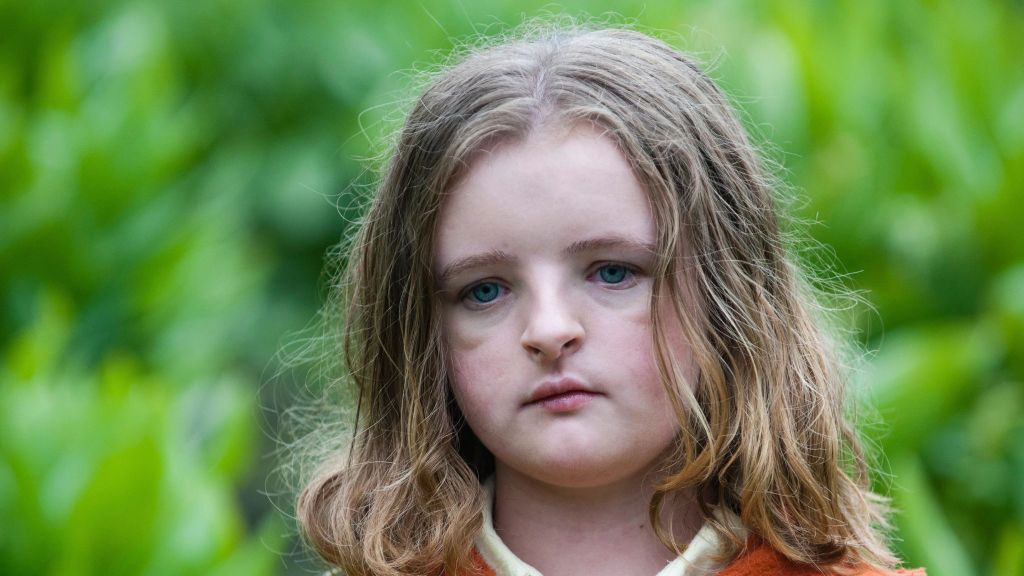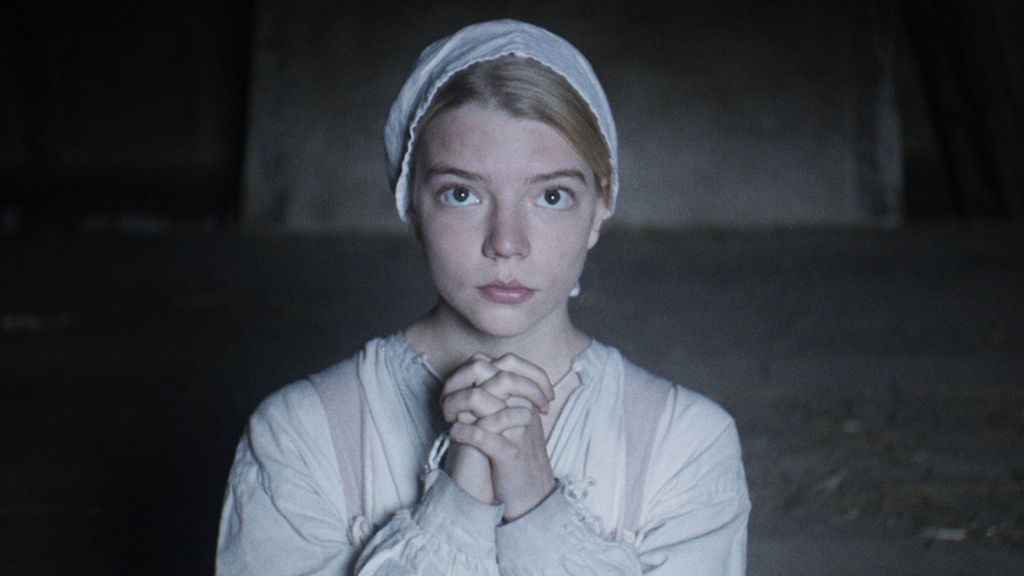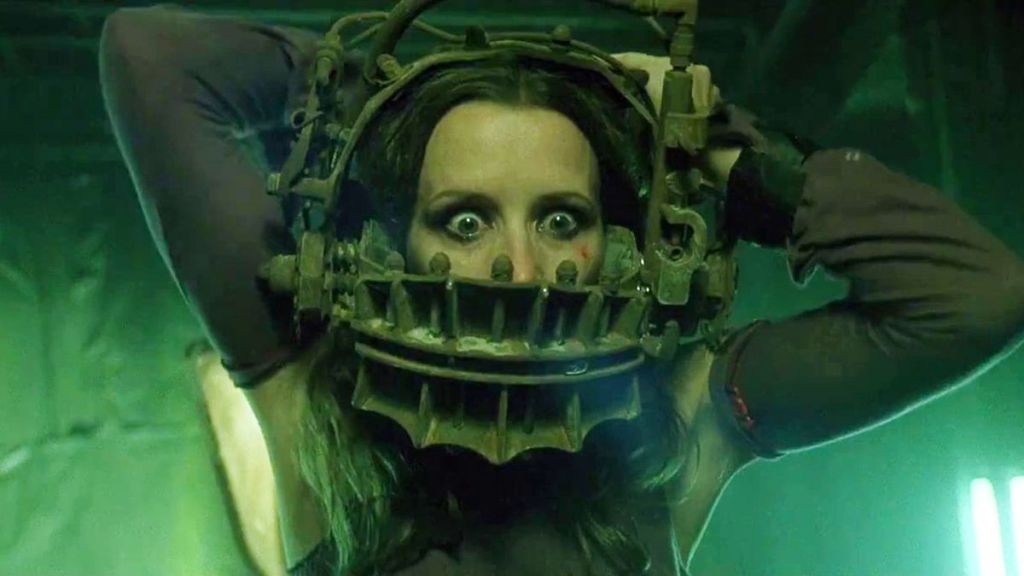Michael Shanks’ Together is currently dominating conversations at the 2025 Sundance Film Festival, with critics celebrating how this visceral body horror film transforms a relationship drama into something far more sinister. The movie, starring real-life couple Alison Brie and Dave Franco, has maintained a perfect score on Rotten Tomatoes, leading to NEON quickly acquiring worldwide distribution rights in the festival’s first major deal. While it’s too early to tell if Shanks will join the pantheon of horror auteurs discovered at Sundance, the buzz surrounding Together reflects the festival’s unique ability to identify and elevate groundbreaking new voices in genre cinema.
Videos by ComicBook.com
Since its inception, Sundance has demonstrated an unwavering commitment to horror storytelling. From showcasing genre-defining classics like John Carpenter’s Halloween in its early years to establishing the Park City at Midnight section in 1991, the festival has consistently provided a platform where emerging filmmakers can push horror’s boundaries. This support has proven transformative for many directors, turning their Sundance premieres into launchpads for remarkable careers that would reshape contemporary horror. These success stories demonstrate how a well-received horror film at Sundance can open previously locked doors, allowing innovative, unknown filmmakers to infiltrate and influence Hollywood.
Jordan Peele’s Get Out

At the 2017 Sundance Film Festival, a former sketch comedy star unveiled a horror film that would redefine the genre for a new generation. Get Out follows Chris (Daniel Kaluuya), a young Black man who uncovers a disturbing conspiracy while visiting his white girlfriend Rose’s (Allison Williams) family. The film’s premiere ignited immediate buzz, with audiences and critics recognizing that Jordan Peele had crafted something revolutionary: a horror film that used genre conventions to explore racial tensions in America with both sophistication and good scares.
The film’s success extended far beyond Park City, grossing over $255 million worldwide and earning Peele an Academy Award for Best Original Screenplay—the first horror film since The Silence of the Lambs to receive such recognition. More importantly, it established Peele as a filmmaker whose voice couldn’t be ignored. His subsequent films, Us (2019) and Nope (2022) have continued to blend social commentary with spectacle, while his production company, Monkeypaw Productions, has become a powerful force in horror, backing projects like Candyman (2021) and HBO’s Lovecraft Country.
Ari Aster’s Hereditary

When Hereditary premiered at Sundance’s Midnight section in 2018, it left audiences shell-shocked. The film follows Annie Graham (Toni Collette), an artist whose family unravels following her mother’s death, leading to devastating supernatural revelations. Initial reviews painted the picture of a horror film operating on a different level—one that used genre elements to explore grief and generational trauma with unprecedented intensity. The acclaim from Sundance helped position Hereditary as A24’s highest-grossing film at the time, earning over $80 million worldwide and proving that challenging, auteur-driven horror could find mainstream success.
Aster’s Sundance breakthrough made him one of Hollywood’s most sought-after directors. His follow-up, Midsommar (2019), starring Florence Pugh, demonstrated his ability to tackle bigger budgets while maintaining his distinct vision. By the time he released Beau Is Afraid (2023) with Joaquin Phoenix, Aster had established himself as a filmmaker who could attract A-list talent while pushing cinematic boundaries.
[RELATED: 10 Best Horror Movies of the 2000s]
Robert Eggers’ The Witch

2015’s The Witch exemplifies how Sundance validation can elevate unconventional horror films that might otherwise struggle to find their audience. Set in 1630s New England, the film follows a Puritan family led by William (Ralph Ineson) and Katherine (Kate Dickie) as they face supernatural forces in the wilderness. Eggers’ debut stood out for its commitment to historical accuracy, featuring meticulously researched period dialogue and an atmosphere that made its 17th-century setting unnervingly real. The film’s success at Sundance caught A24’s attention, leading to a distribution deal that would help establish the company’s reputation for sophisticated horror.
Since The Witch, Eggers has built a career defined by historical precision and visual mastery. His subsequent films, The Lighthouse, The Northman, and more recently Nosferatu, have shown increasing scope and ambition, attracting acclaimed actors like Willem Dafoe, Robert Pattinson, and Alexander Skarsgård. Each project has maintained the meticulous attention to period detail that made The Witch so distinctive, proving that Sundance’s early support of his unique vision helped Egger carve his slice of Hollywood.
Jennifer Kent’s The Babadook

Kent’s psychological horror film premiered in Sundance’s Park City at Midnight section in 2014, where it immediately established itself as something special. The story follows Amelia (Essie Davis), a single mother grappling with grief and a mysterious children’s book monster that begins terrorizing her family. Critics praised how The Babadook used horror to explore mental health and maternal ambivalence, themes rarely tackled with such nuance in the genre. The festival spotlight helped this modest Australian production secure international distribution, helping the director achieve worldwide recognition.
The film’s impact extended beyond its initial release, with the Babadook character unexpectedly becoming an LGBTQ+ icon and the movie itself frequently cited as an example of horror’s capacity for meaningful metaphor. Kent’s post-Babadook career also demonstrates how Sundance recognition can create opportunities beyond genre filmmaking. Her follow-up, The Nightingale (2018), while still dark, showed her range as a filmmaker, tackling historical drama with the same psychological complexity that made her horror debut so compelling. After that, she also helmed “The Murmuring” for Guillermo del Toro’s Cabinet of Curiosities, which was by far the best episode in the anthology.
James Wan’s Saw

Saw‘s premiere at Sundance’s Midnight section represents the festival’s most commercially significant horror discovery. The film follows two men (Leigh Whannell and Cary Elwes) who wake up chained in a bathroom, forced to play a deadly game by the mysterious Jigsaw. Shot on a modest budget, Saw sparked a bidding war at Sundance, with Lionsgate ultimately securing distribution rights. The film’s clever premise and effective use of limited resources impressed festival audiences, leading to a theatrical release that would launch one of horror’s most successful franchises, ultimately grossing over $1 billion globally.
While not James Wan’s first feature, Sundance’s embrace of Saw catapulted him from independent filmmaker to Hollywood power player. He went on to create other successful horror franchises like Insidious and The Conjuring before transitioning to blockbuster filmmaking with Furious 7 and Aquaman. Wan’s success has made him one of the most influential figures in modern Hollywood, inspiring countless filmmakers to view horror as a potential stepping stone to larger opportunities while maintaining their commitment to innovative storytelling.








